Industry information
Company News
- Aluminum veneer curtain wall: the fashionable coat of modern architecture
- Carved aluminum veneer: a rising star in aluminum materials, a perfect combination of art and technology
- Fluorocarbon aluminum veneer: the fashionable outerwear of architecture, your choice is extraordinary!
- The unique charm of carved aluminum veneer, exploring a new realm of home aesthetics
- Aluminum veneer: the "light luxury" coat of modern architecture
Industry dynamics
- Aluminum veneer new material 2.5mm carved aluminum veneer
- Punched aluminum veneer: the fashionable "skin" of modern architecture
- Aluminum veneer punching, a dynamic choice for architectural aesthetics
- Production process and flow of aluminum veneer
- Punched aluminum veneer: the new favorite of fashionable architecture, a good helper for beautifying the environment!
Frequently asked questions
- How to improve the product quality and performance of aluminum veneer?
- What is the environmental performance of aluminum veneer?
- What conditions are required for the production of aluminum veneer?
- What safety issues should be paid attention to in the production and manufacturing of aluminum veneer?
- What are the applications of aluminum veneer in architectural decoration?
contact us
Mobile:+86 15627778610
Email: 2201229786
Address: No. 5 Binjiang Road, High tech Zone, Zhaoqing City, Guangdong Province
Can aluminum veneer be used for architectural sculpture design?
- Author: Supreme Building Materials (Guangdong) Co., Ltd
- Release time: 2022-02-22 22:51:09
- Click:0
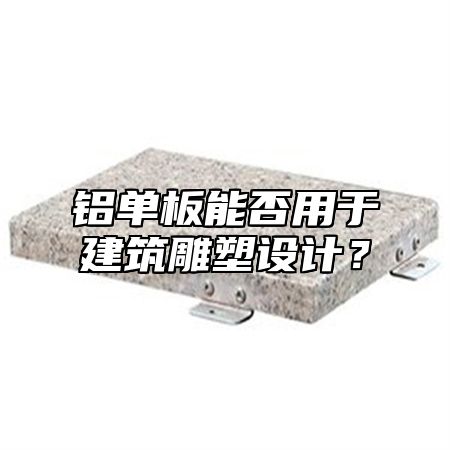
Aluminum veneer is a lightweight, weather resistant, fire-resistant, and corrosion-resistant building material that has a wide range of applications in architectural sculpture design. Aluminum veneer can be used for architectural sculpture design, but it needs to be selected and matched according to specific circumstances. This article will provide a detailed introduction from multiple aspects to answer this question.
We need to understand the basic characteristics of aluminum veneer. Aluminum veneer is formed by rolling aluminum alloy sheets and then sprayed on the surface. Due to its lightweight, weather resistant, fire-resistant, and corrosion-resistant properties, aluminum veneer has a wide range of applications in architectural sculpture design.
Let's take a look at whether aluminum veneer can be used for architectural sculpture design:
1. Styling ability: The styling ability of aluminum veneer is one of the important factors to consider when it is applied in architectural sculpture design. Generally speaking, the molding ability of aluminum veneer is related to its thickness and shape. If aluminum veneer is needed as a decorative material for sculptures on the exterior walls of buildings, it is necessary to choose thinner aluminum veneer and adopt appropriate design methods to improve its modeling ability.
2. Installation stability: The installation stability of aluminum veneer is also one of the important factors to consider when it is applied in architectural sculpture design. Generally speaking, the installation stability of aluminum veneer is related to its material quality and structural design. If aluminum veneer is needed as the main load-bearing structure in high-rise buildings, high-quality aluminum veneer should be selected and appropriate structural design should be adopted to improve its installation stability.
3. Wind resistance: The wind resistance of aluminum veneer is also an important factor to consider when it is applied in architectural sculpture design. Generally speaking, the wind resistance of aluminum veneer is related to its shape and material. If aluminum veneer is needed as a decorative material for sculptures in environments such as seaside or mountainous areas, it is necessary to choose aluminum veneer with strong wind resistance to enhance its stability and safety.
4. Corrosion resistance: The corrosion resistance of aluminum veneer is also an important factor to consider when it is applied in architectural sculpture design. Generally speaking, the corrosion resistance of aluminum veneer is related to its surface treatment method and material quality. If aluminum veneer is needed as a decorative material for sculptures in coastal areas or environments with high humidity, it is necessary to choose aluminum veneer that has undergone anodizing and anti-corrosion treatment to enhance its corrosion resistance.
Aluminum veneer can be used for architectural sculpture design, but it needs to be selected and matched according to specific circumstances. By selecting appropriate thickness and shape, enhancing the installation stability of aluminum veneer, and improving its wind resistance and corrosion resistance, different architectural styles and usage environments can be met, creating beautiful, practical, and stable building effects. When designing decorative materials for architectural sculptures, it is necessary to choose suitable materials and design schemes based on specific circumstances to ensure the quality and stability of the overall decorative effect.

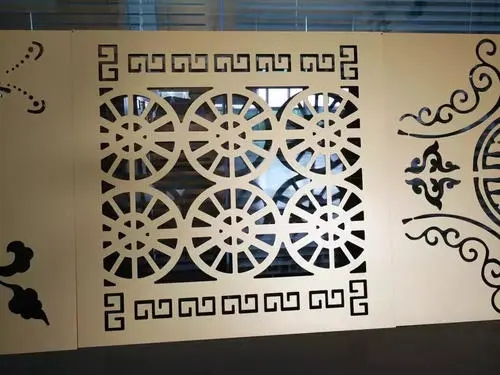
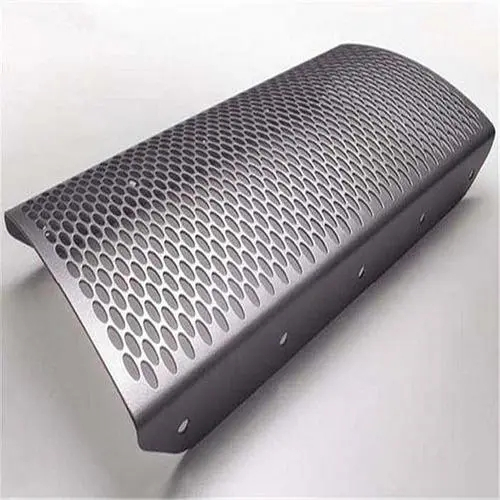
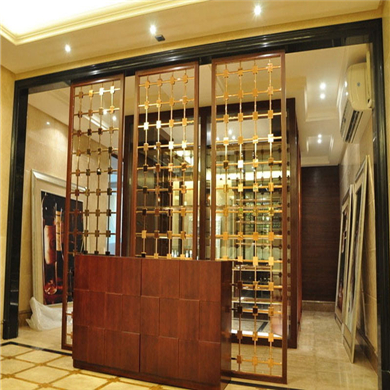
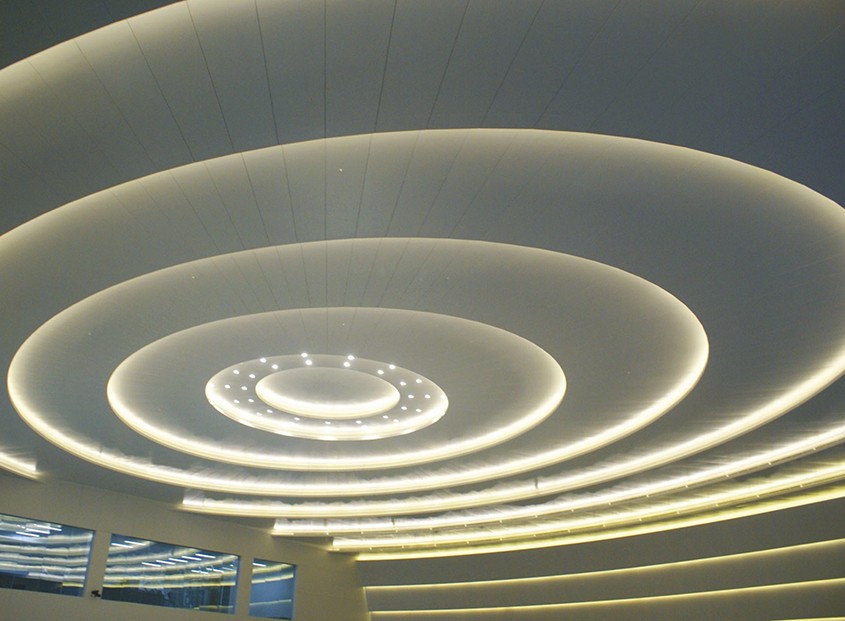
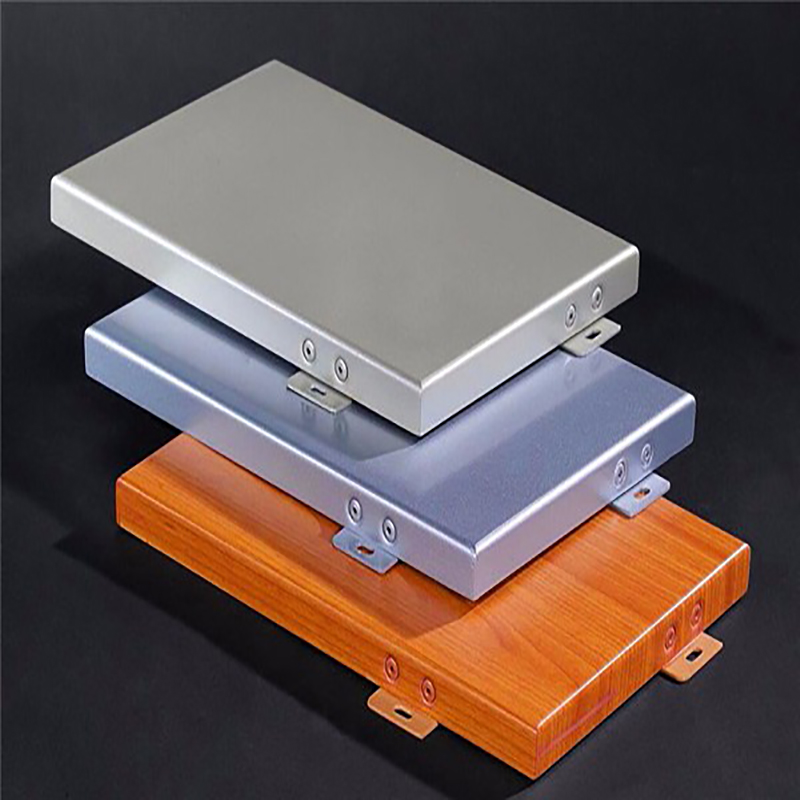
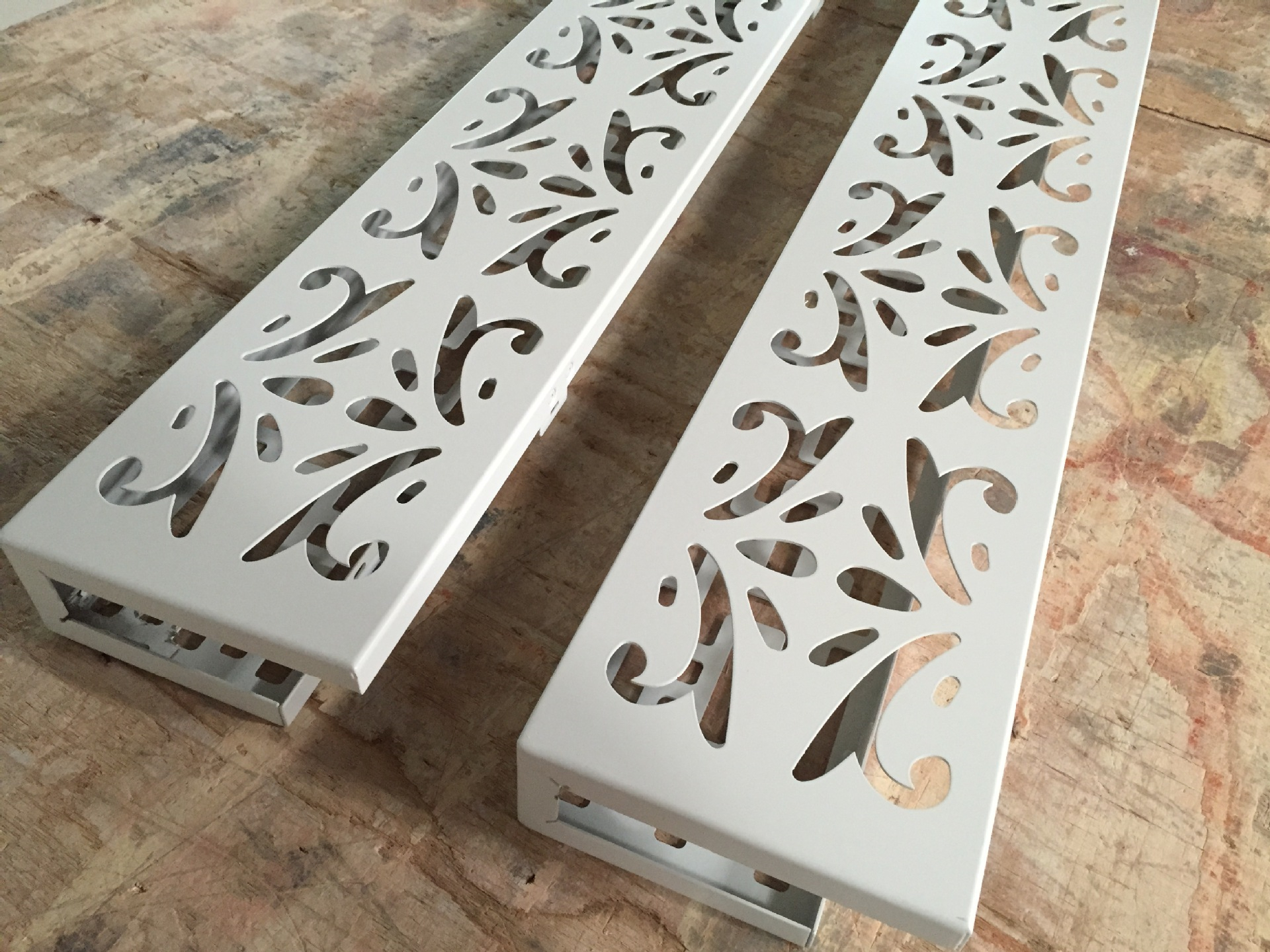
 Customer service QQ
Customer service QQ